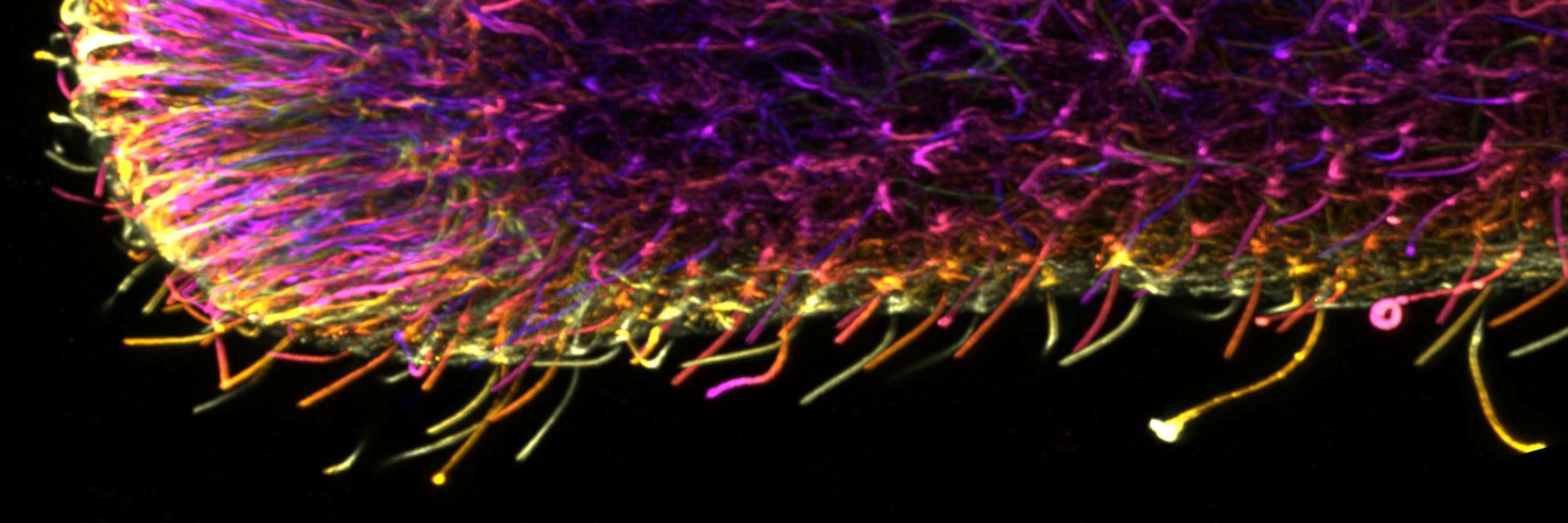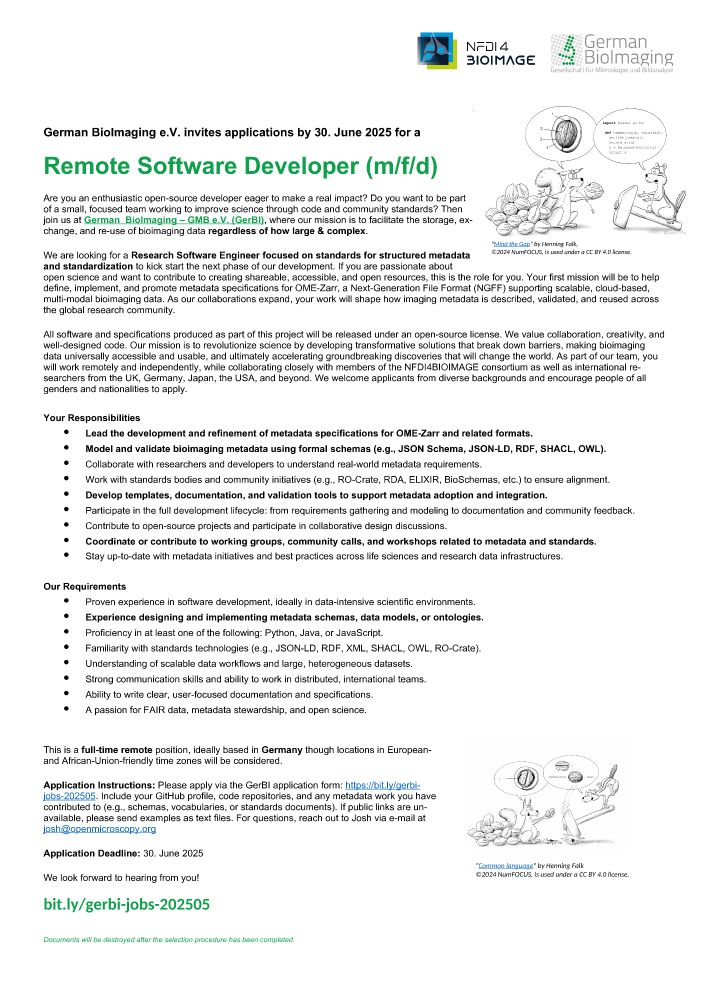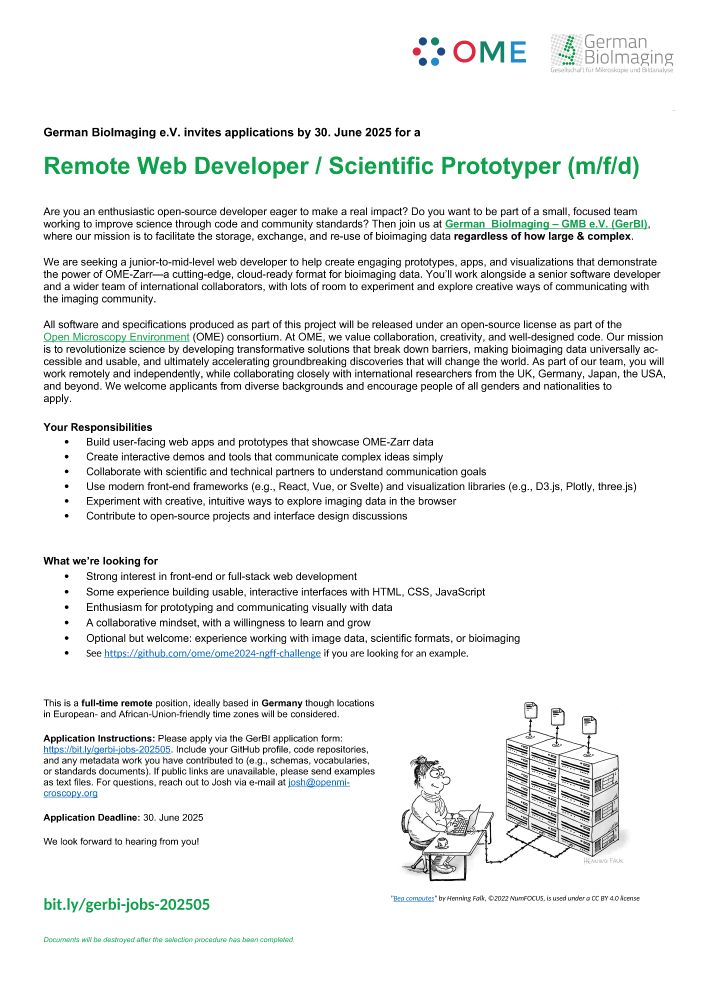Philip Ruthig
@philipruthig.bsky.social
150 followers
100 following
54 posts
Staff Scientist @erturklab.bsky.social, passionate neuroscientist, Light sheet microscopist, and Python aficionado.
Posts
Media
Videos
Starter Packs
Reposted by Philip Ruthig
Philip Ruthig
@philipruthig.bsky.social
· Aug 26
Reposted by Philip Ruthig
Philip Ruthig
@philipruthig.bsky.social
· Aug 21
Reposted by Philip Ruthig
Reposted by Philip Ruthig
Markus Elsner
@markuselsner.bsky.social
· Jun 23
Deep Piction hiring Chief Operating Officer in Greater Munich Metropolitan Area | LinkedIn
Posted 10:54:20 AM. Chief Operating Officer (COO)Location: Munich, Germany (On-site) Employment Type: Full-timeAbout…See this and similar jobs on LinkedIn.
www.linkedin.com
Reposted by Philip Ruthig
Reposted by Philip Ruthig
Reposted by Philip Ruthig
Karl Deisseroth
@deisseroth.bsky.social
· May 30
Philip Ruthig
@philipruthig.bsky.social
· May 20
Philip Ruthig
@philipruthig.bsky.social
· May 18
Reposted by Philip Ruthig
Blake Richards
@tyrellturing.bsky.social
· May 12
Reposted by Philip Ruthig
Jo Wolff
@jowolff.bsky.social
· May 3














